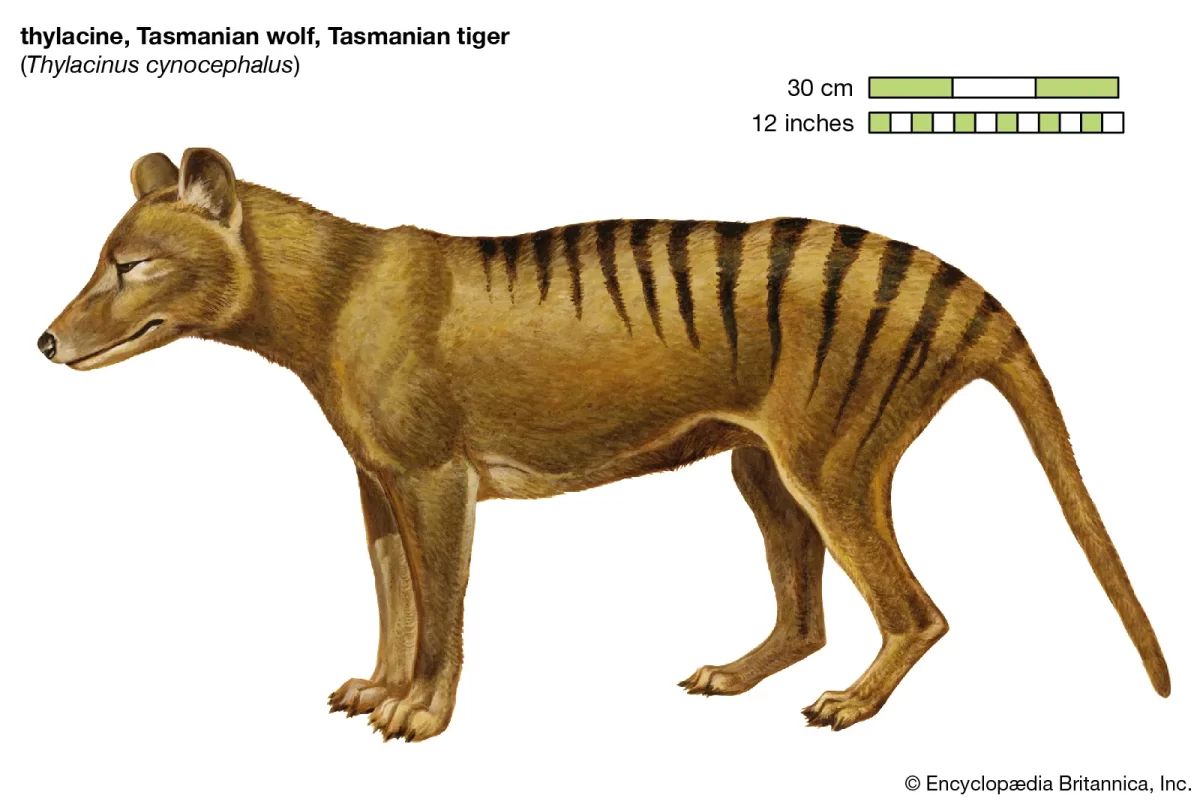CNN.com and Sciencedaily have both stated that Emillio Marmot Sanchez, the lead study author and a computational biologist at the Centre of Paleogenetics, and his team of researchers have extracted, and recovered RNA from the extinct species: the Tasmanian tiger, or thylacine. By taking muscle and skin samples from a 130-year-old thylacine specimen, scientists were able to recover RNA transcriptomes and better understand the thylacine’s genetic makeup.
Marmol Sanchez said that the goal of his team’s research is not de-extinction; however, to better understand the thylacine’s genetic makeup could help recently launched efforts to bring back the animal in some way. Andrew Pask, a professor at the University of Melbourne in Australia and the lead in a project wanting to achieve the resurrection of the thylacine, said that Marmol Sanchez’s paper was “groundbreaking.” Pask had stated that “We had previously thought only DNA remained in old museum and ancient samples, but this paper shows you can also get RNA from tissues.” Scientists have been rather talkative about the situation, and are hopeful to recover RNA from even more extinct animals such as the woolly mammoth.
The recovery and decoding of RNA from different extinct species could possibly help us better understand nature and its biology. It could make breakthroughs in biological studies and help us understand genetic makeups and genomes.









